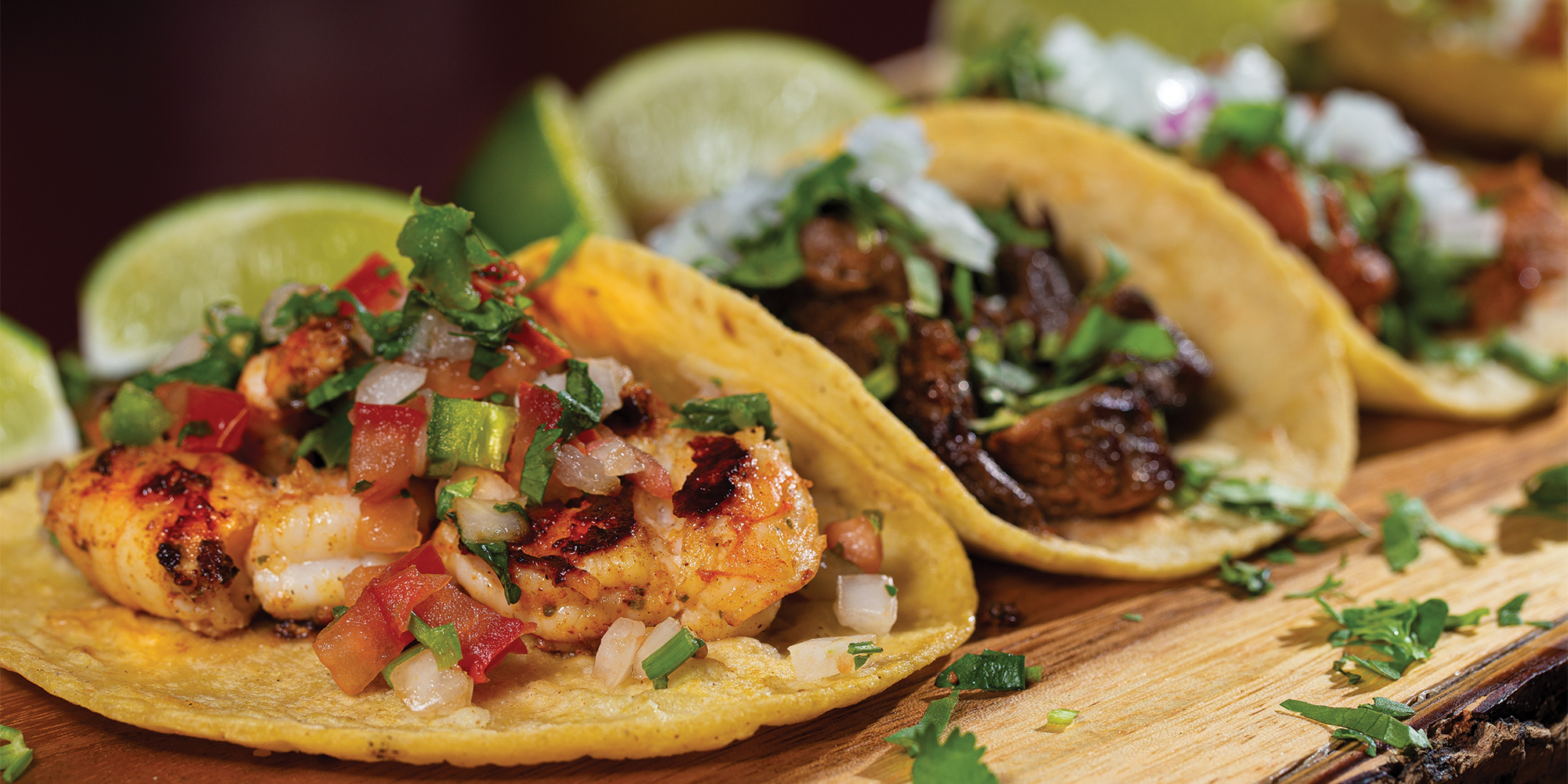At this point, the story of Tampa Bay’s booming food scene has been told over and over (and over) again, often in the pages of this magazine. But much of the attention has been paid to just a few regions — namely, Seminole Heights, Downtown St. Petersburg and the tonier areas of South Tampa. As we head into a new year, TAMPA Magazine is taking a look at four Tampa neighborhoods that have the potential to turn into the next big thing on the city’s food scene. From history to their ability to attract major national restaurants, each area’s strengths vary, but they are all filled with people willing to take a chance to make Tampa’s culinary scene stronger.
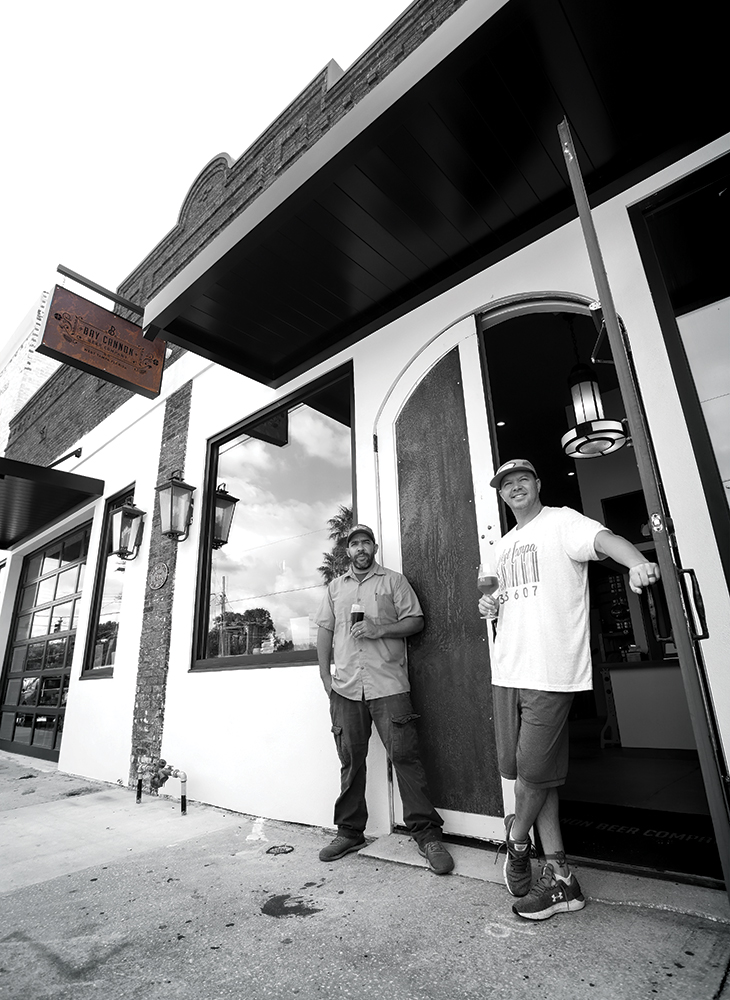
WEST TAMPA
One of Tampa’s oldest and most diverse neighborhoods, West Tampa has struggled to redevelop after the citywide streetcar system was removed and construction of I-275 in the 1960s sliced the area in two. The neighborhood’s history is what led Matthew Juaire and Joe Simmons, co-founders of the new Bay Cannon Beer Company, to Main Street when they were looking to open a brewery. “People who live here have lived here their whole lives. I’ve never been in a neighborhood like that in a big city,” says Juaire, who relocated to Tampa from Minneapolis.
Bay Cannon’s building dates back to about 1900, and the team incorporated as many locally made and reclaimed elements from places like Schiller’s Salvage as possible, including wood flooring from the old Tampa Bay Hotel (now the University of Tampa) that makes up the brewery’s bar. As one of the first businesses to plant a flag in old West Tampa, Bay Cannon is very slowly gaining neighbors. Catrinas Tacos and Tequila Bar, formerly located in South Tampa, is slated to open on the corner of Howard and Main in November, and the Nicaraguan restaurant Volcán De Mi Tierra just opened on Howard and Spruce.
The neighborhood also has a few stalwarts. The West Fortune Street Fish Market (which is actually on Main Street) first opened in 1967 and has been owned by the Nguyen family since 2002. General manager Tran Nguyen says the demolition of the nearby North Boulevard homes has been tough for business, but he hopes the new construction of apartments along Rome Avenue will attract new customers and new business owners. “We’ve been here for a long time, and we’ve seen a lot of changes,” he says. “Hopefully it’ll bring more business down Main Street.”
“Personally, I would love to see the diversity of the neighborhood reflected in its food,” Juaire adds. “I think that we’re set here from a diversity standpoint to create an extremely neat collection of things. Also, then what that says to other cultured foods that aren’t necessarily represented in West Tampa is that they’re welcome here, too.”
GANDY BOULEVARD
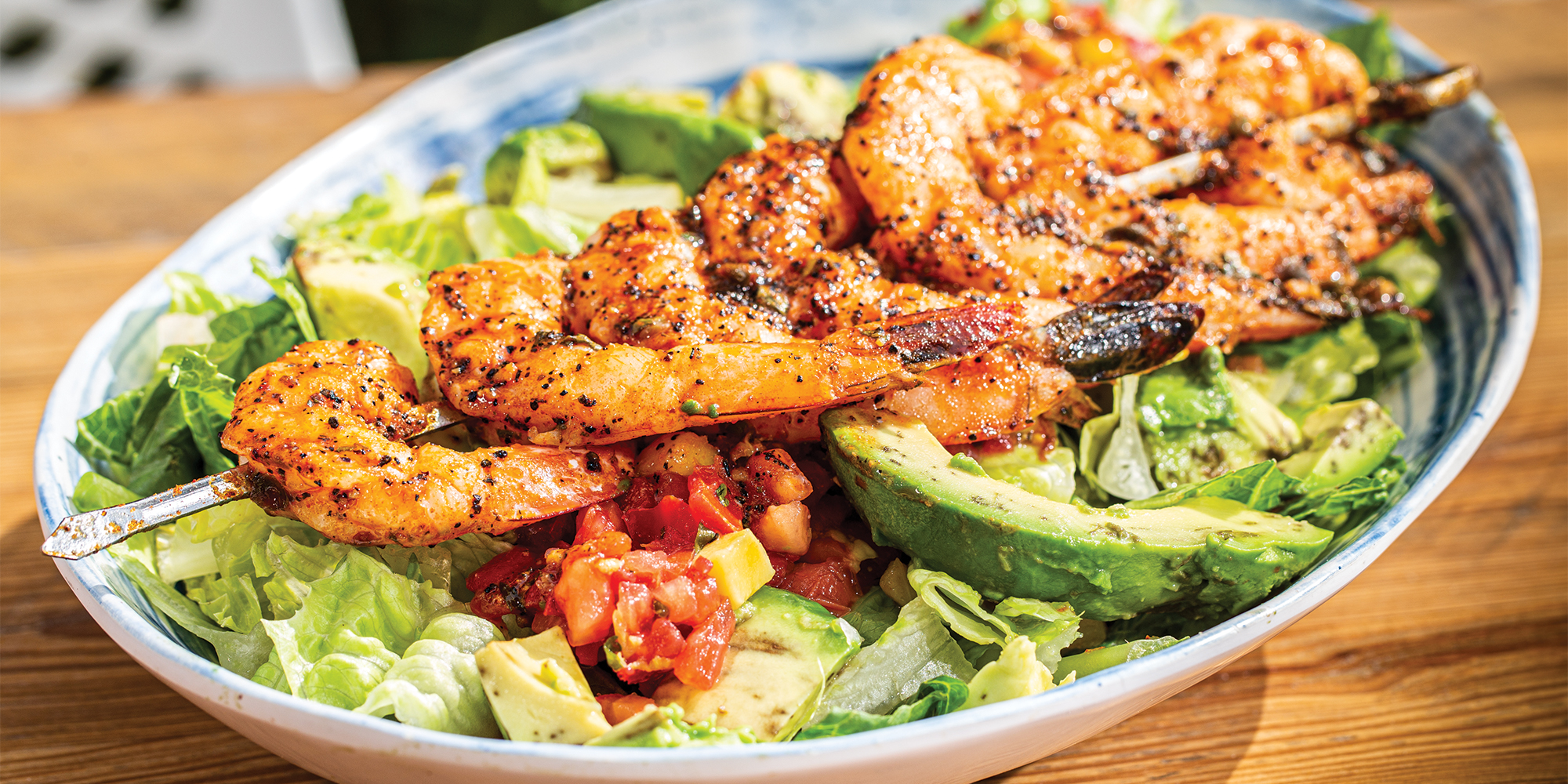
The South Tampa peninsula is overflowing with dining options, and space demands have started pushing restaurateurs south and west. In just the past six months, the area around Gandy Boulevard from Dale Mabry Highway westward has seen the opening of the popular taco spot Loli’s Mexican Cravings; the first outpost of the Southern fried chicken chain Guthrie’s located south of Tallahassee; the seafood spot Mr. & Mrs. Crab; and, just south on Rattlesnake Point, the waterfront Salt Shack on the Bay. The neighborhood is also home to the three-year-old crafter beer brewery 81Bay and Birds of a Feather Coffee, which provides java to local restaurants like Whiskey Cake Kitchen and Bar.
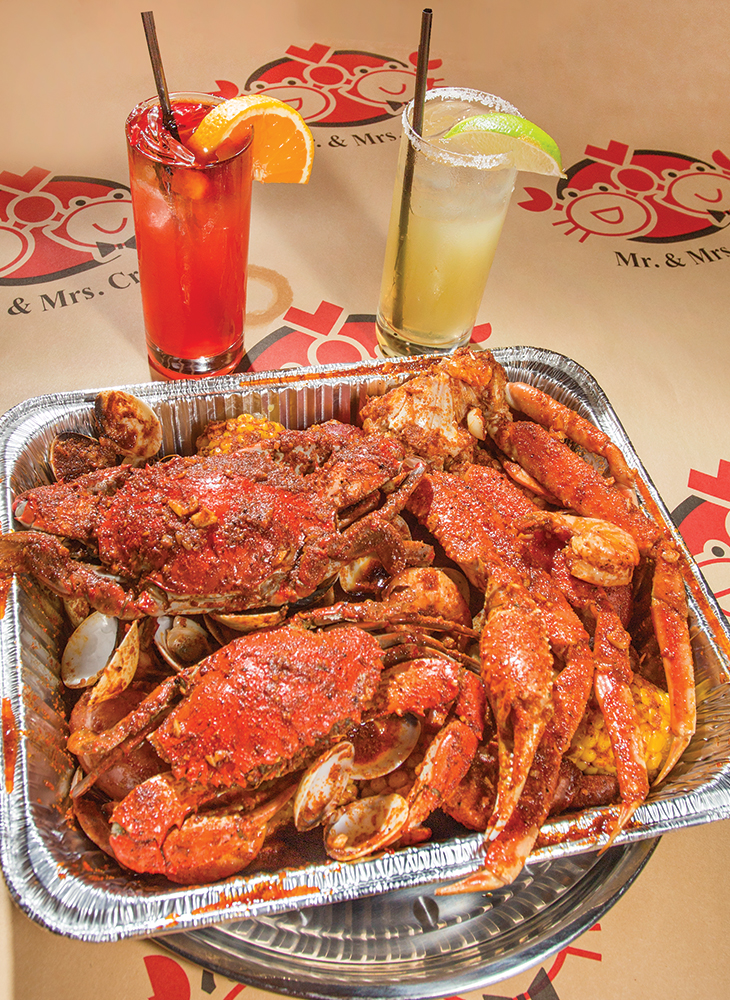
As more residents move into the area, attracted by the value of the neighborhood’s real estate, the demand for diverse food options has increased in tandem.
“We realized there was a pretty large foodie group in this area, people that want to try new and different concepts,” says Mr. & Mrs. Crab general manager Tom Kuo. “There just weren’t a lot of other restaurants doing what we do,” which is Cajun and Creole-style inspired seafood boils.
Though the construction of the Selmon Expressway extension along Gandy Boulevard has been somewhat disruptive to neighborhood businesses, Kuo thinks it will ultimately be a good thing for the area’s food scene. “The construction [on] the bridge is going to bring a lot more people into this area,” he says, and will hopefully lead to “a lot of new restaurants opening and just a little bit more of that foodie culture.”
WESTSHORE MARINA DISTRICT & MIDTOWN TAMPA
Both currently under construction, the Westshore Marina District and Midtown Tampa are putting a big emphasis on food and drink offerings for the thousands of residents, office employees and hotel guests that will occupy the districts on a daily basis. The Westshore Marina District will include almost 1,300 new residential units, and developer BTI Partners has been “constantly” thinking about where residents and visitors would want to dine on a routine basis, says the company’s vice president of retail development Britney Mroczkowski.
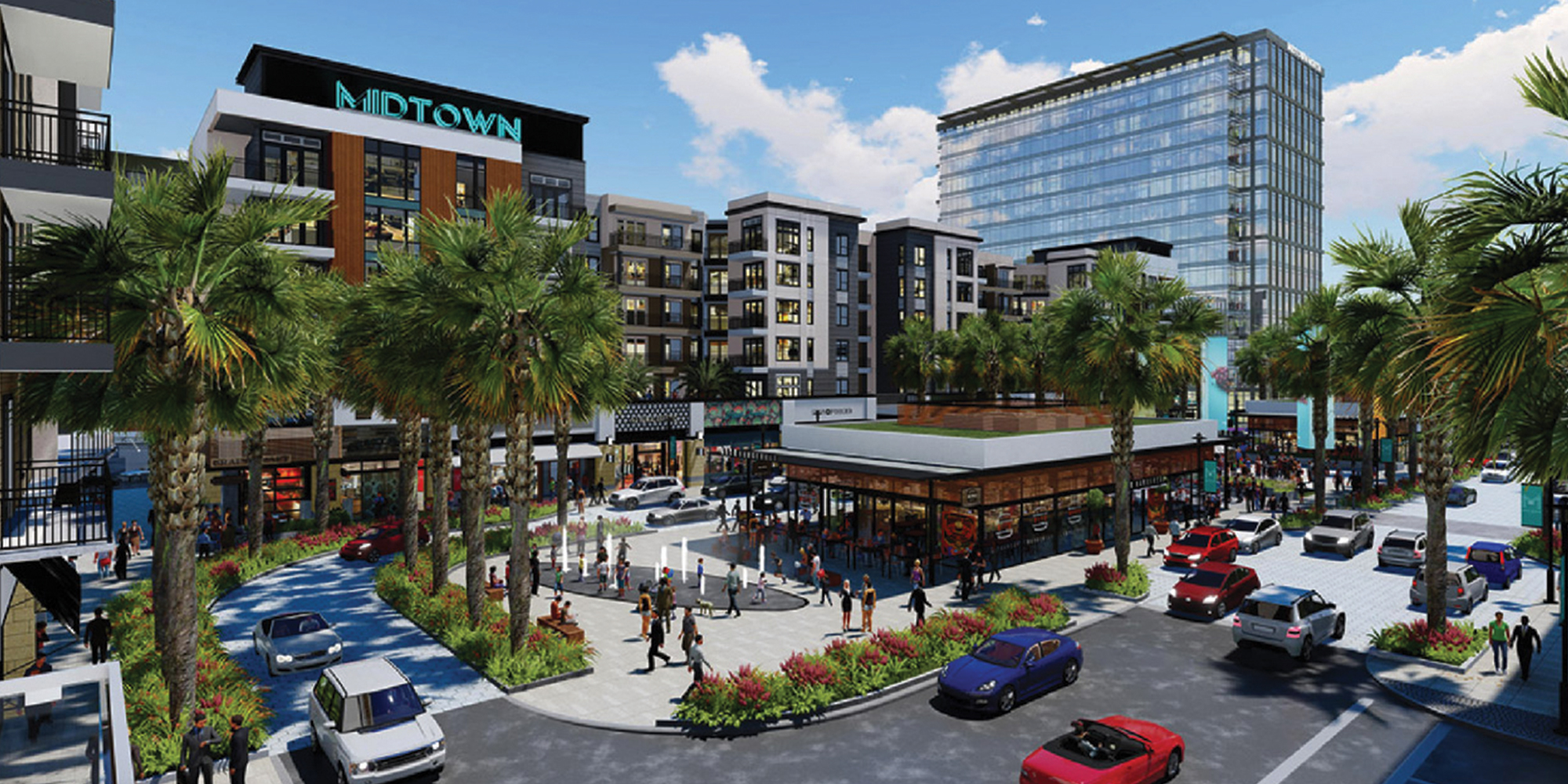
“Our strategy has been to carefully curate a mix of tenants that would be used on a daily or weekly basis by all Westshore Marina District residents as well as the surrounding South Tampa community,” Mroczkowski says. So far the district, which will span 52 acres upon completion, has announced the California-based coffee shop DRNK and juice bar QWENCH, the local wine bar Cru Cellars, and the upscale grocery store Duckweed Urban Market as its first food and drink tenants. Mroczkowski adds that they will soon announce details of a boat-up restaurant at the district’s grand entrance.
“We are diligently bringing in retailers with modern and unique concepts that will offer experiences while meeting the everyday needs of Tampa Bay area residents,” she says. “Tampa residents love local concepts, but they also love trying brands new to Florida or the Tampa Bay area.”
At Midtown Tampa — a 22-acre, $500 million mixed-use development by the Bromley Companies at I-275 and Dale Mabry — retail developer Jeffrey R. Anderson Real Estate has taken a similar approach to mixing local and national dining concepts. Company vice president JR Anderson says they are looking for local restaurateurs who can handle the volume they expect the district to do (such as chef Chris Ponte, who will open a new concept at Midtown) and unique national chains that localize their offerings to appeal to the Tampa audience.
“People are smart when it comes to food. If their food offerings are not going to speak to the Tampa demographic, it’s not going to work,” Anderson says.
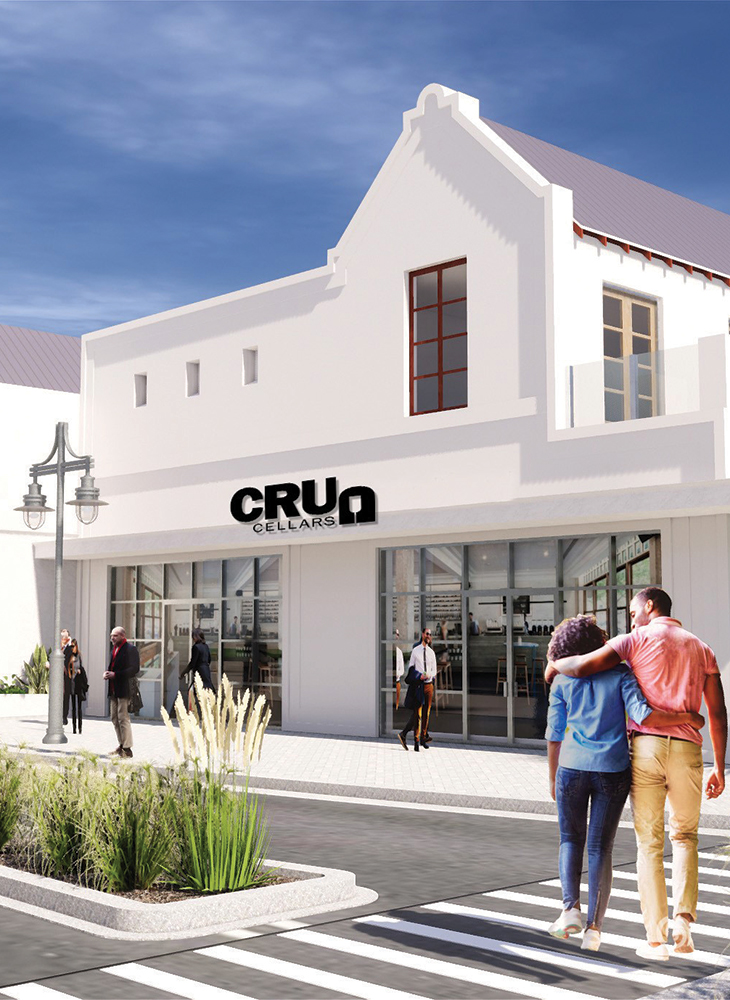
Anderson adds that his team is looking for a mix of lower and higher price-point options to appeal to both office tenants and apartment dwellers. So far Midtown has announced the health-conscious True Food Kitchen, the “upper scale” Ponte concept and the New American Burtons Grill & Bar, plus a Whole Foods supermarket. Though he can’t yet disclose the operators, Anderson says his team has also signed on a burger restaurant, coffee shop and ice cream concept. Rumors have swirled in recent months that the New York-based Shake Shack was eyeing Midtown for its first Tampa location; Anderson declines to say much other than that his team has talked to the fast-casual restaurant chain, but that “it would be great” to have a location at Midtown. It would fit perfectly with his team’s overall goals to bring in concepts that are new to the Tampa market and create a space where a group of people could go without an ultimate destination in mind, knowing they would find somewhere they would enjoy.
“[We want] restaurants that have that luster or lure, so when people talk about Midtown Tampa, they say ‘Let’s go eat at Midtown Tampa,’” Anderson says. “They’re not going to say, ‘Let’s go eat at True Food Kitchen.’ No, it’s, ‘Let’s go eat at Midtown Tampa.’”
UNIVERSITY AREA
The area around the University of South Florida is one of the city’s most diverse regions for eating and drinking. Everyone you talk to about this neighborhood mentions diversity, and they all mention different cuisines: Mexican, Caribbean, Vietnamese, Middle Eastern. Loosely defined by the boundaries of Bearss Avenue and Busch Boulevard to the north and south, 56th Street and Nebraska Avenue to the east and west, the university area has both young upstarts that represent the flavors of the world and pioneers that have been in business for decades.
The neighborhood’s changing demographics are reflected in its eateries, with a growing number of Middle Eastern and Asian options like Sawatdee Thai and Kaleisia Tea Lounge, hugely popular with USF students. Vegan and vegetarian restaurants like the Loving Hut and Vegan International Co. have also blossomed around the university.
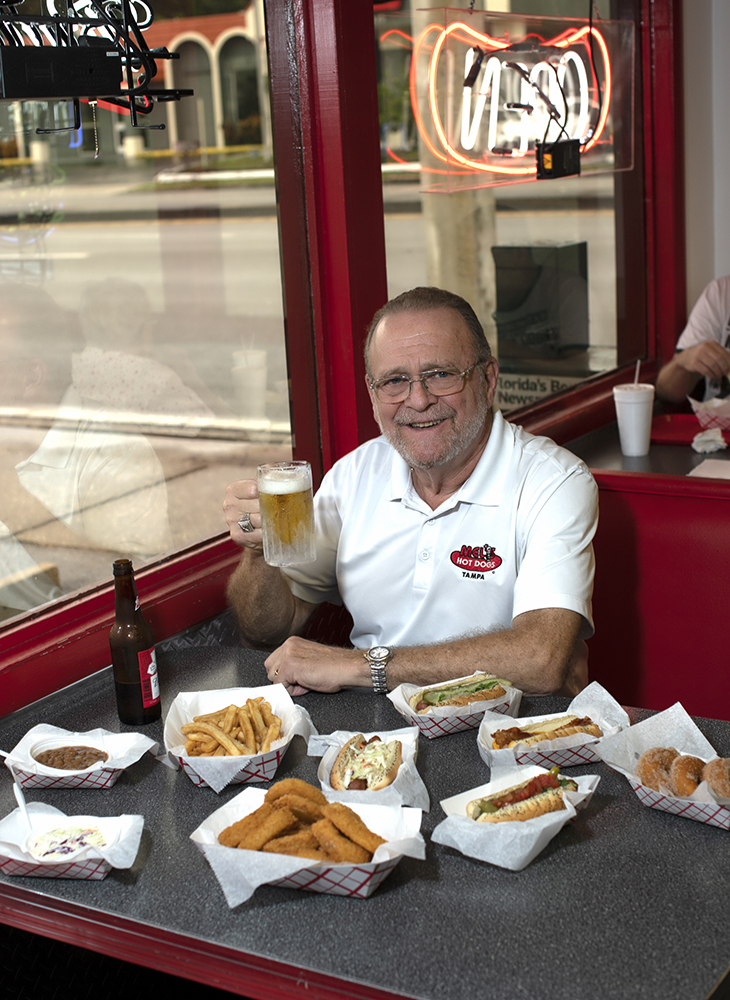
For Mel Lohn, owner of the iconic Mel’s Hot Dogs on Busch Boulevard for nearly 50 years, the area’s diversification has introduced him to new cuisines and brought new groups of customers to his restaurant. His all-beef Vienna hot dogs have been a particular hit with the neighborhood’s Muslim community, who cannot eat pork under Islamic dietary law. “This used to be an all-white, blue collar neighborhood,” he says. “Now it’s still a middle class, working neighborhood, but it’s so much more diverse… It’s been fun for me to watch the changes.”
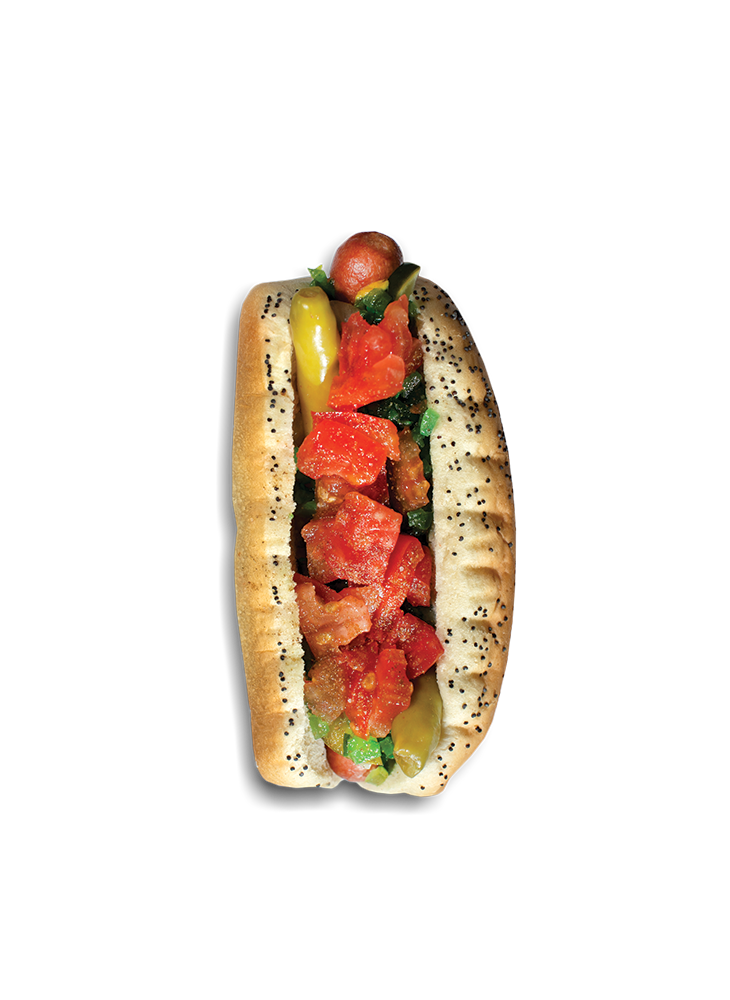
Lohn has built a reliable base of customers over the years, like one he affectionately nicknamed “Hot Rod” who drives up from his South Tampa office for lunch each day. He says one family is up to their fourth generation of Mel’s customers. “I’m just a schmuck selling hot dogs, but it’s turned into something bigger than me,” Lohn says.
Hot dogs are an easy sell for most people, but one of the challenges for the university area’s most ethnically diverse restaurants is convincing people to give new cuisines a shot. That’s what Kirill Chemodanov has discovered since opening his restaurant Babushka’s on 56th Street last year during his final semester at USF. He missed the food he ate growing up in Russia during his four years in college and realized the cuisine was essentially nonexistent in Tampa. Being a student himself, Chemodanov thought the restaurant would easily attract younger patrons, but he says his primary audience so far has been older adults looking for the kind of homestyle comfort food that’s Babushka’s specialty.
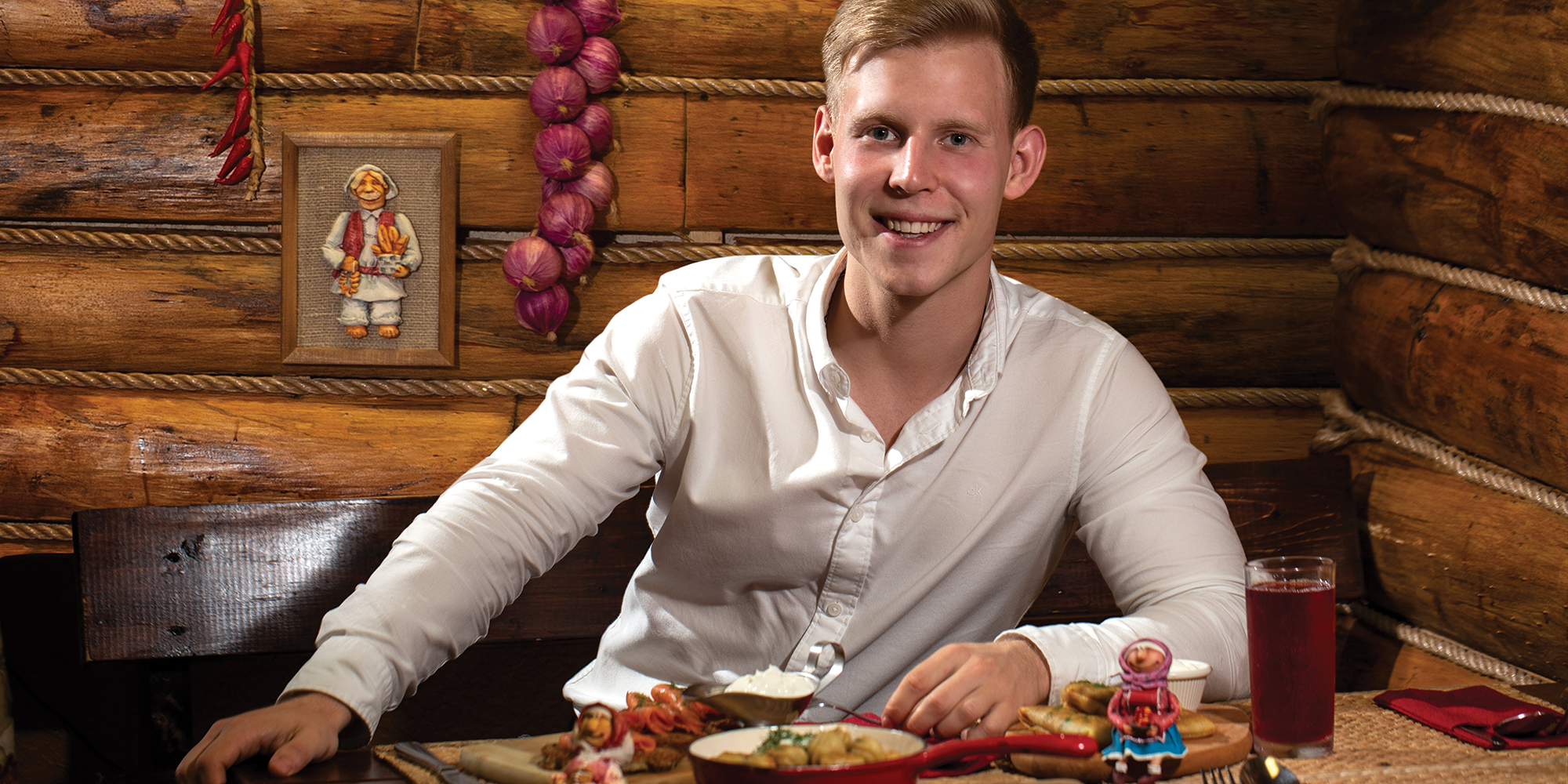
“I think [younger] people are afraid to come and try new things, and they shouldn’t be,” he says. But he understands. “You look at the menu and see cabbage rolls. If I were a student and not familiar with this cuisine, I would never come.”
“Cabbage? Nah,” he says with a laugh. “But it’s good!”
Chemodanov says he hopes more fresh ideas and unique restaurant concepts continue to open in the neighborhood, which is still dominated by franchises and fast-food places. The area could even use more coffee shops, he says. He ticks off two independent spots and struggles to think of any more. For a college area, he says, the neighborhood needs far more offerings than it has now.
“It’s not enough for the 50,000 students at USF,” he says. “It’s a huge market, and I think it will catch the overall Tampa Bay [culinary] wave someday. I don’t know when it will happen, but hopefully we [independent restaurant owners] will make it happen together.”
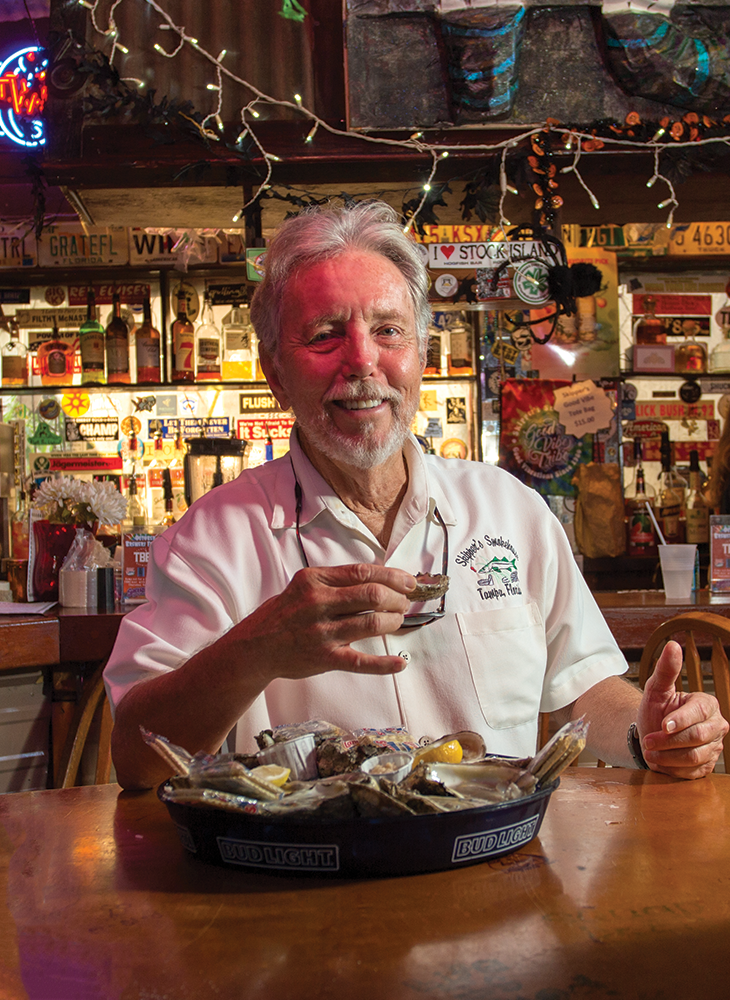
One person who’s been working to create that wave for nearly 40 years is Tom White, co-owner of Skipper’s Smokehouse. Originally founded as a live music venue and to-go spot, Skipper’s Floribbean food has been nationally recognized on shows like the Travel Channel’s Man v. Food and developed a cult following among locals (during his photo shoot with TAMPA Magazine, a customer approached White to thank him for the decades of memories at Skipper’s). “We’re happy and just very fortunate to have generations and generations of people who keep coming back,” he says. “The people that went to USF back in the day, they’re married and have kids, and they’re bringing their kids back.”
But for people who aren’t used to spending time in the North Tampa area, White says, it can be difficult to attract them. “I tease them all the time. I go, look, you do not need a visa to go north of Kennedy. Your passport will be fine,” he says with a chuckle.
“Everybody’s going to the Heights — Tampa Heights, Seminole Heights, all the big food [halls] and all that,” he says. “You go down there, and there’s like a place on every corner. There’s not here.”
Geographically, he points out, it just makes sense that the success seen by restaurants in South Tampa and the Heights will eventually make its way north to Skipper’s grouper Reuben and gator ribs.
“There’s only one way for places to go.” Northward, it is.


